Mother of All Hellstrips!
jubilante
12 years ago
Related Stories
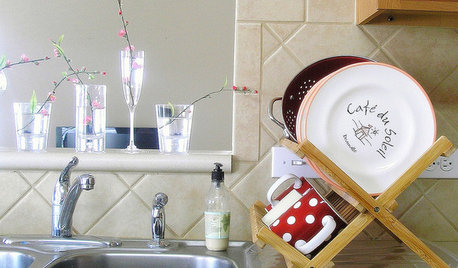
MOTHER’S DAYWhat to Do for Mom Around the House on Mother’s Day
Show appreciation for your mother and make her day extra special with these ideas
Full Story
HOME OFFICESRoom of the Day: Beautiful Whimsy for a Busy Mother’s Home Office
Gold accents, antiqued mirrors, lovely botanicals and proud peacocks make this room a favorite in the house
Full Story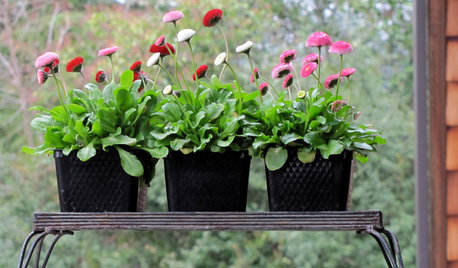
INSIDE HOUZZWhat Mom Wants for Mother’s Day
You’re right about a nice dinner and time with family. Here’s what else will make Mom happy this weekend
Full Story
SHOP HOUZZShop Houzz: Mother’s Day Gifts She’ll Love
Treasures big and small for the amazing mothers in your life
Full Story0

SHOP HOUZZShop Houzz: Pretty Mother’s Day Gifts for $40 and Under
Find the perfect gift to celebrate the special moms in your life
Full Story0
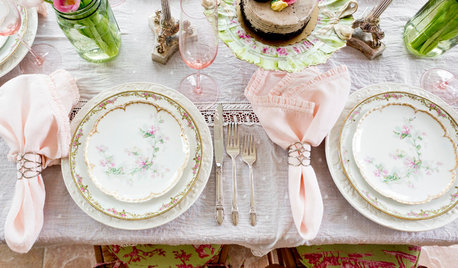
MOTHER’S DAYCreate a Cheery, Romantic Mother’s Day Tablescape
Surprise Mom this weekend with a relaxed and charming table setting with special ingredients you may already have
Full Story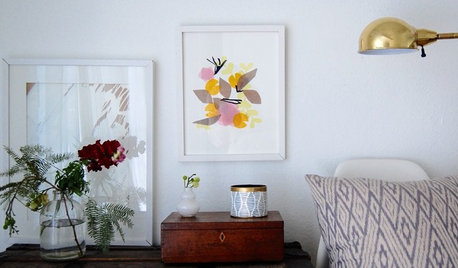
DIY PROJECTSDIY: Two Colorful, Personalized Gifts for Mother’s Day
Follow along to make a patterned photo frame or floral artwork using simple materials
Full Story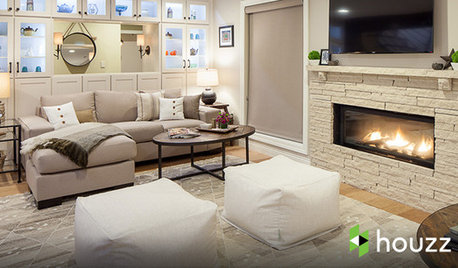
SHOP HOUZZShop Houzz: A Mother’s Day Makeover From Ashton, With Love
Get the look with worn woods, pale neutrals and eclectic Western accessories
Full Story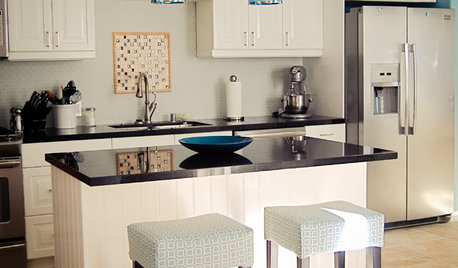
KITCHEN DESIGNKitchen of the Week: Mother-Daughter Budget Remodel
Designer Stephanie Norris redesigned her daughter's kitchen with functionality, affordability and color in mind
Full Story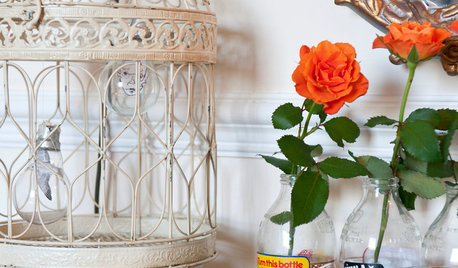
LIFEDesign Lessons My Mother Taught Me
In honor of Mother’s Day, professionals on Houzz reflect on the design and style wisdom their mothers passed on
Full Story






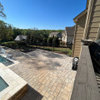

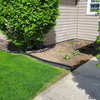
designshare
karinl
Related Professionals
Forest Acres Landscape Architects & Landscape Designers · Salisbury Landscape Architects & Landscape Designers · Gainesville Landscape Contractors · Harrisburg Landscape Contractors · Hendersonville Landscape Contractors · New Brighton Landscape Contractors · Rockville Landscape Contractors · Reisterstown Landscape Contractors · Lacey Decks, Patios & Outdoor Enclosures · Layton Decks, Patios & Outdoor Enclosures · Morgan Hill Decks, Patios & Outdoor Enclosures · Elk Grove Swimming Pool Builders · Fair Oaks Swimming Pool Builders · Orangevale Swimming Pool Builders · West Covina Swimming Pool BuildersjubilanteOriginal Author
adriennemb2
bahia
bahia
jubilanteOriginal Author
bahia
lazy_gardens
jubilanteOriginal Author
jubilanteOriginal Author
acw2355
bahia
jubilanteOriginal Author
bahia
acw2355
karinl
Marie Tulin
cyn427 (z. 7, N. VA)
cyn427 (z. 7, N. VA)
jubilanteOriginal Author
cyn427 (z. 7, N. VA)
karinl
bahia
jubilanteOriginal Author